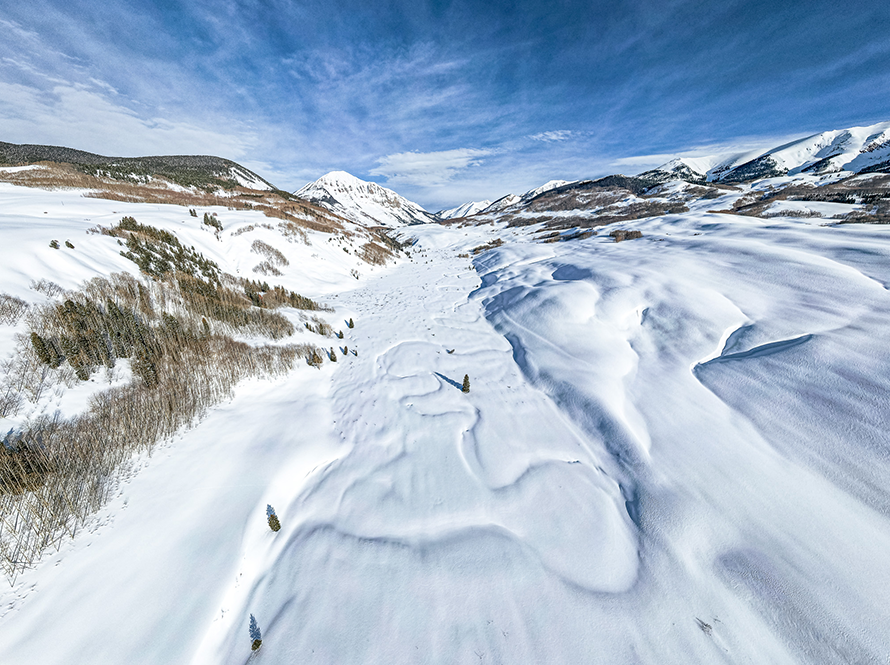
A recent Berkeley Lab study analyzes shrinking snowpack patterns historically and into the future, and the implications of a low-to-no-snow future for water management in the American West.
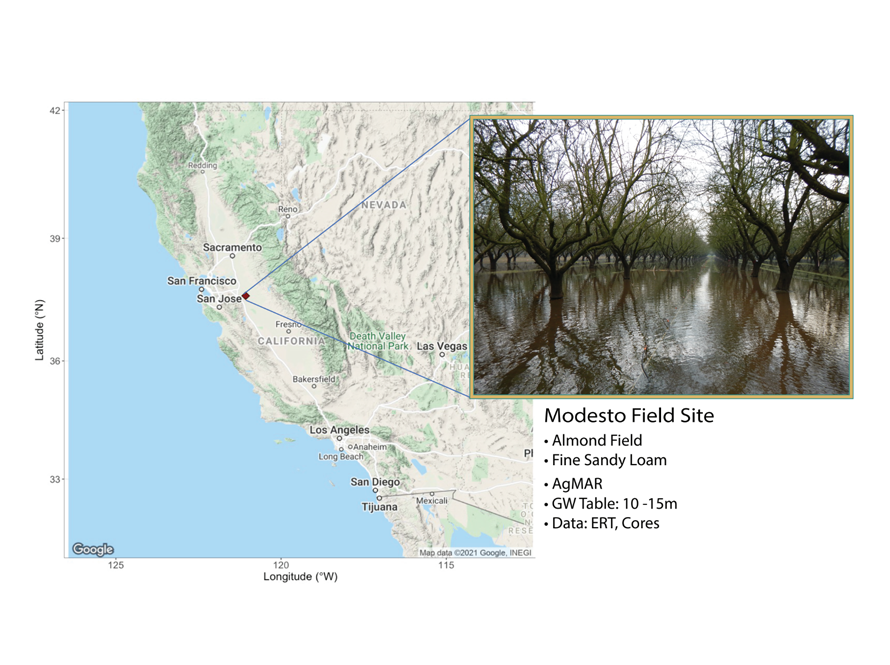
As water insecurity intensifies, recent research shows the potential of Agricultural Managed Aquifer Recharge to protect future water resources in arid regions like the American Southwest.
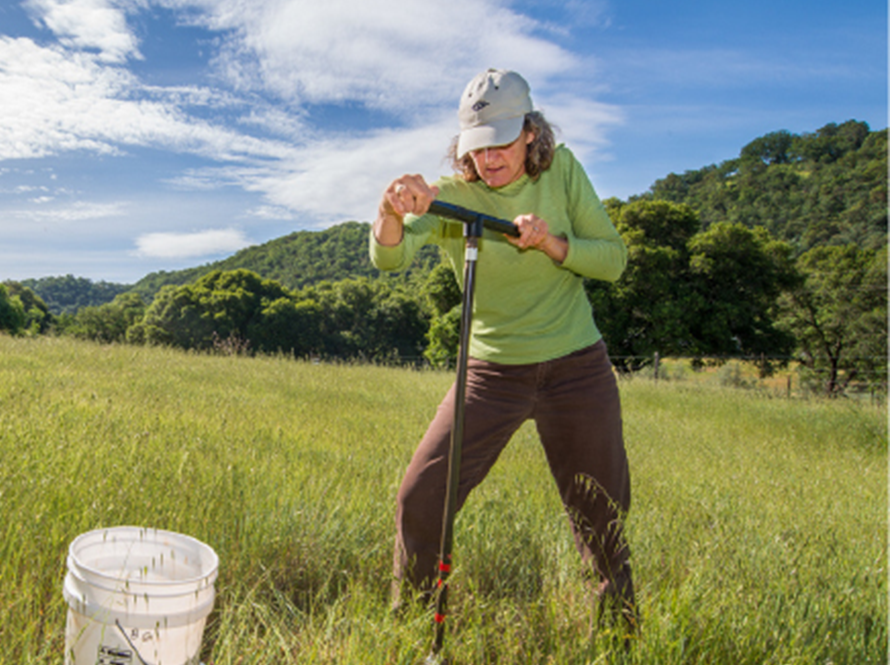
Experts at Berkeley Lab’s Earth and Environmental Sciences Area are leading the way on investigating engineered and nature-based solutions to reduce carbon emissions.
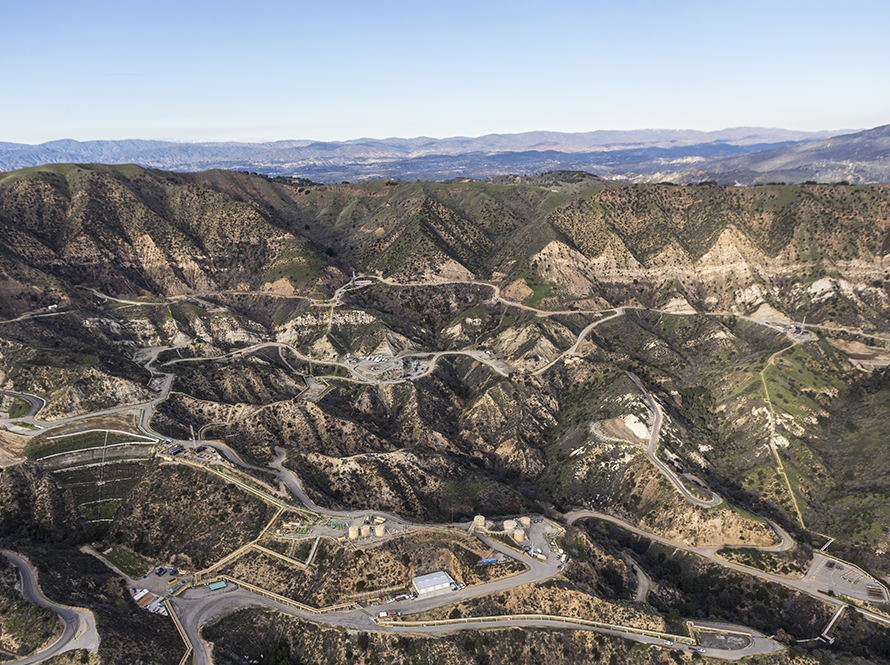
EESA scientists applied modeling expertise to helping remediate the massive methane leak at the Aliso Canyon storage facility. This expertise is helpful to increasing the safety of natural gas storage practices.
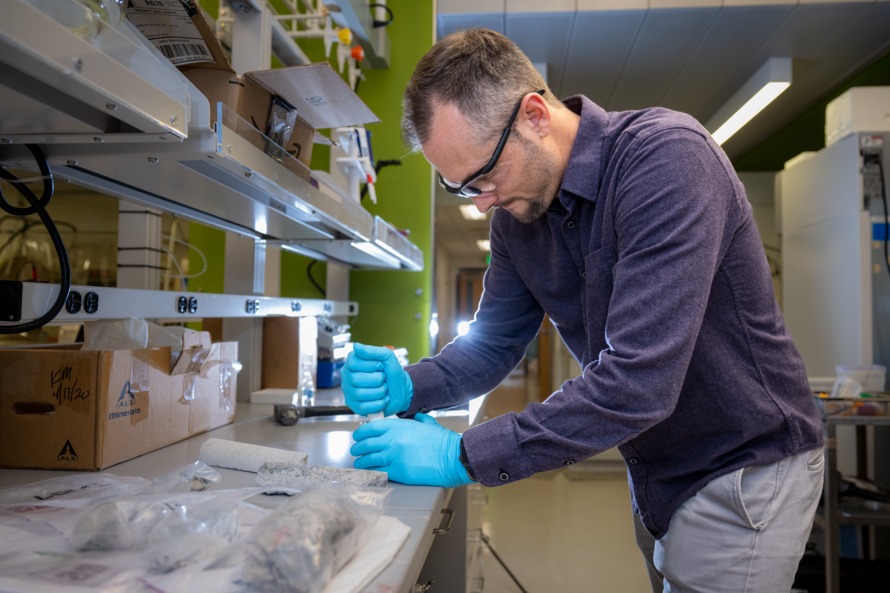
Berkeley Lab has established the Lithium Resource Research and Innovation Center (LiRRIC) to power lithium innovation. Through the new center, the national laboratory’s resource experts in environmental science are guiding research and development into lithium extraction technologies so that science breakthroughs lead to the greatest economic and environmental benefits.

EESA research addresses the major deficit of scientific knowledge that exists about how terrestrial, oceanic, and climatic conditions interact to drive HAB outbreaks in water ecosystems.

EESA scientists are leading the way on investigating the effects of wildfires on water, ecosystems, and Earth’s climate
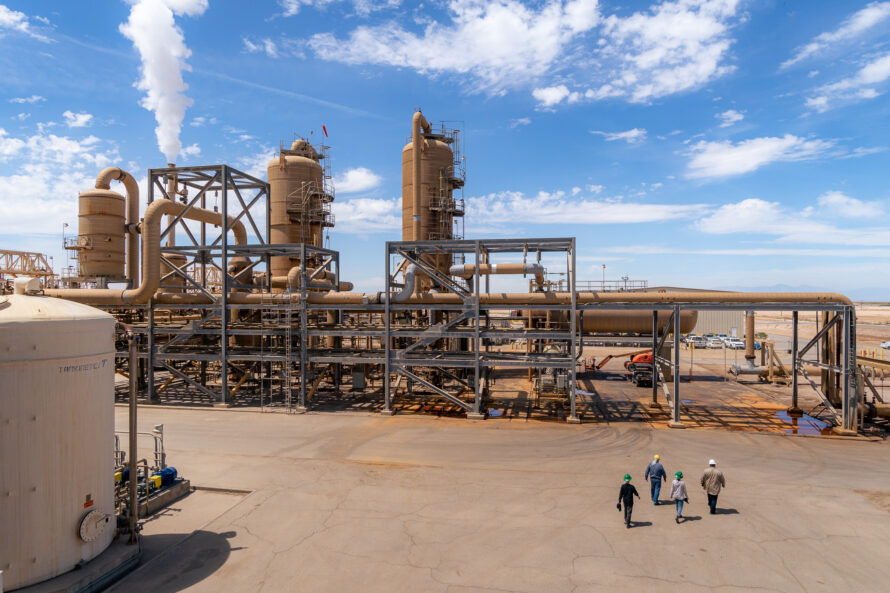
Experts at EESA are studying Earth’s crucial elements that can help support the country’s energy security.
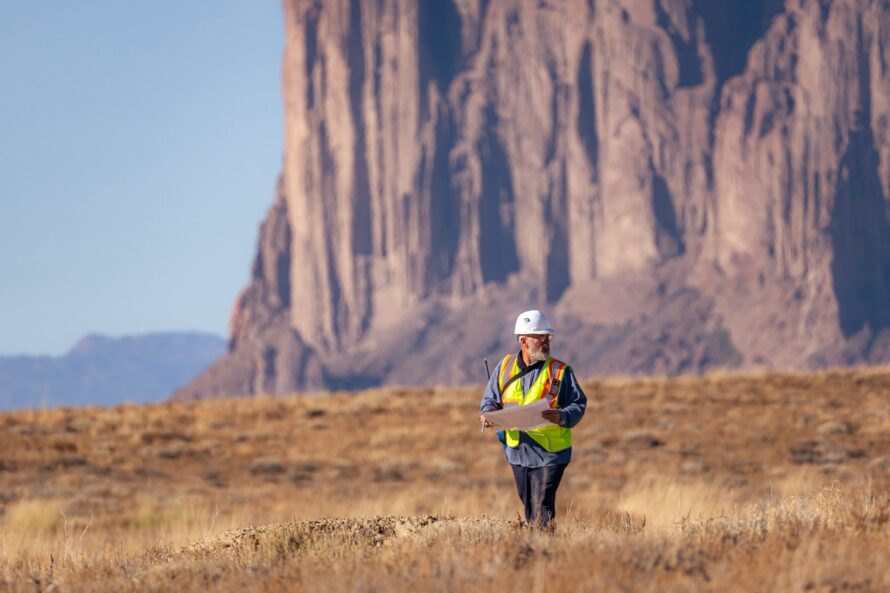
Our scientists are studying how to more accurately quantify greenhouse gasses and measure the effectiveness of natural carbon sinks.

EESA experts are exploring ways to achieve urban climate resilience.
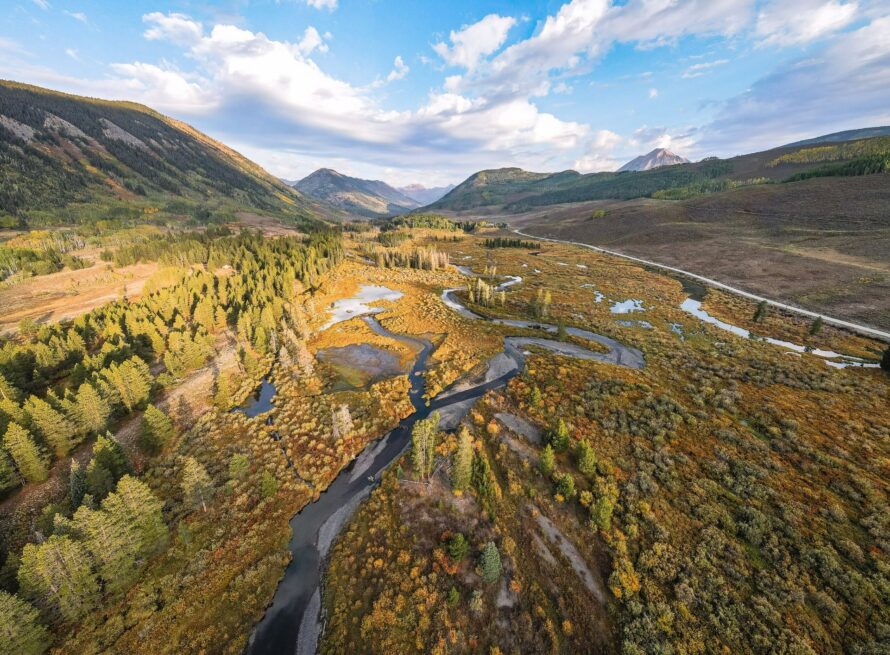
EESA scientists study watershed functioning to help predict water availability and quality in drought-impacted regions now and decades into the future.

Our experts are tapping into the potential of geothermal energy to increase our nation’s energy sources.

EESA researchers are investigating ways to store and generate hydrogen underground – safely and affordably.

This EESA-led project aims to identify methane super-emitters to inform mitigation efforts.

EESA is home to interdisciplinary research exploring wildfire and how it impacts water and ecosystems.
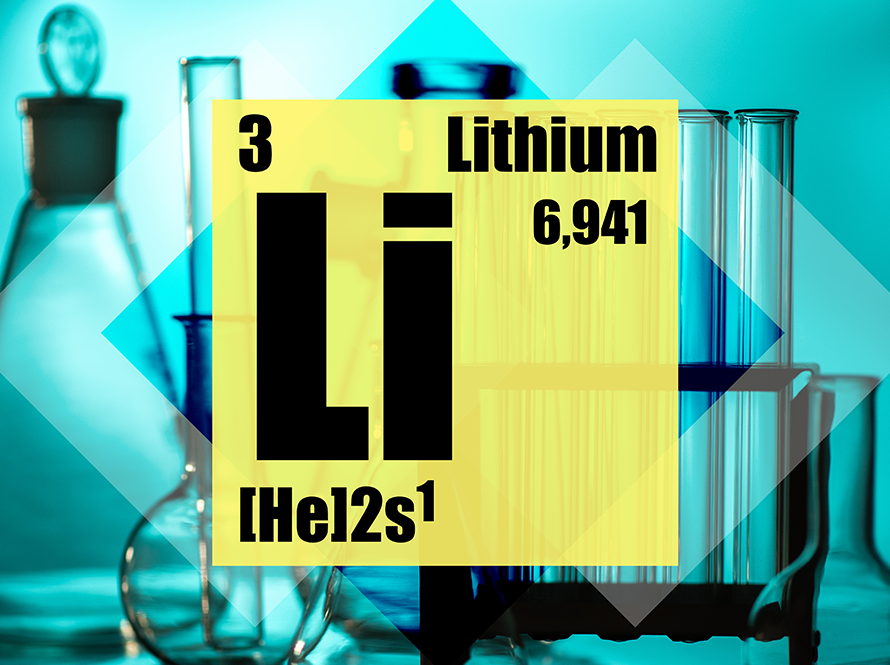
We hope to identify lithium extraction technologies that lead to the greatest environmental and economic benefits.

